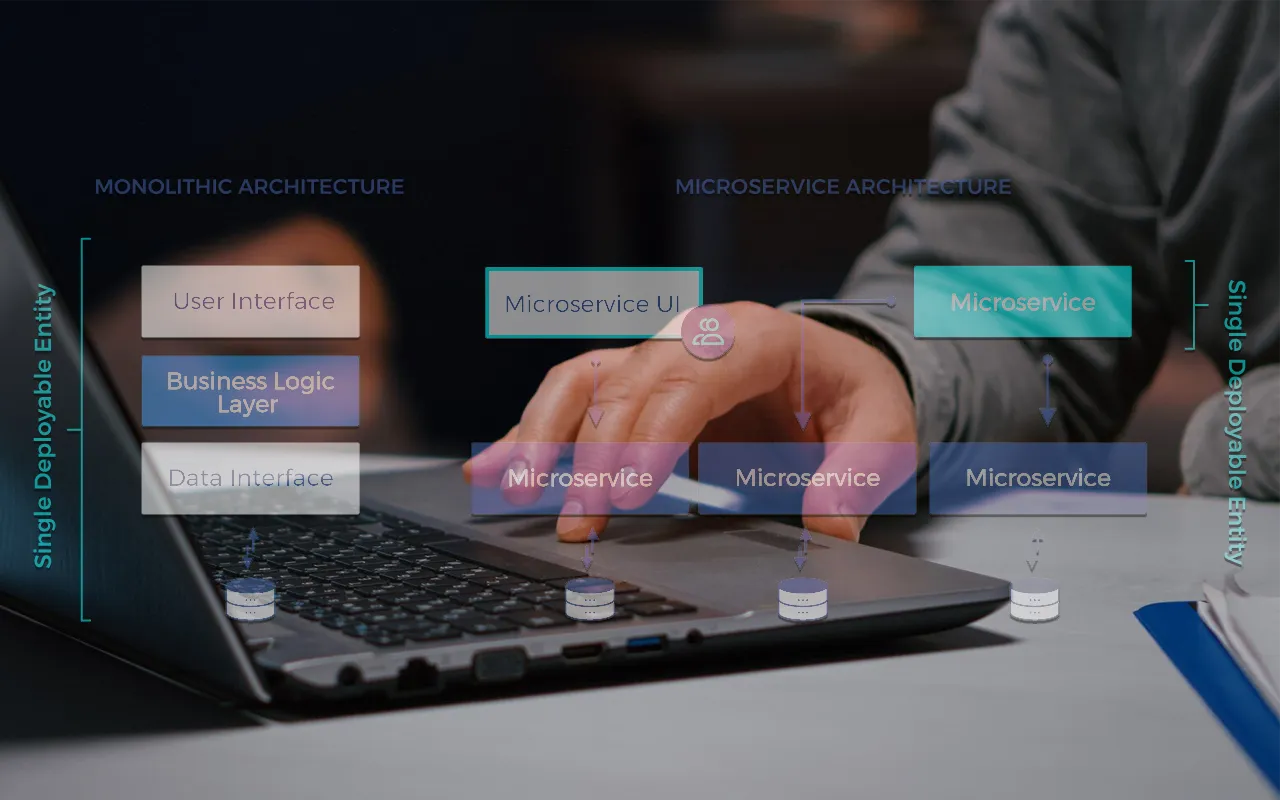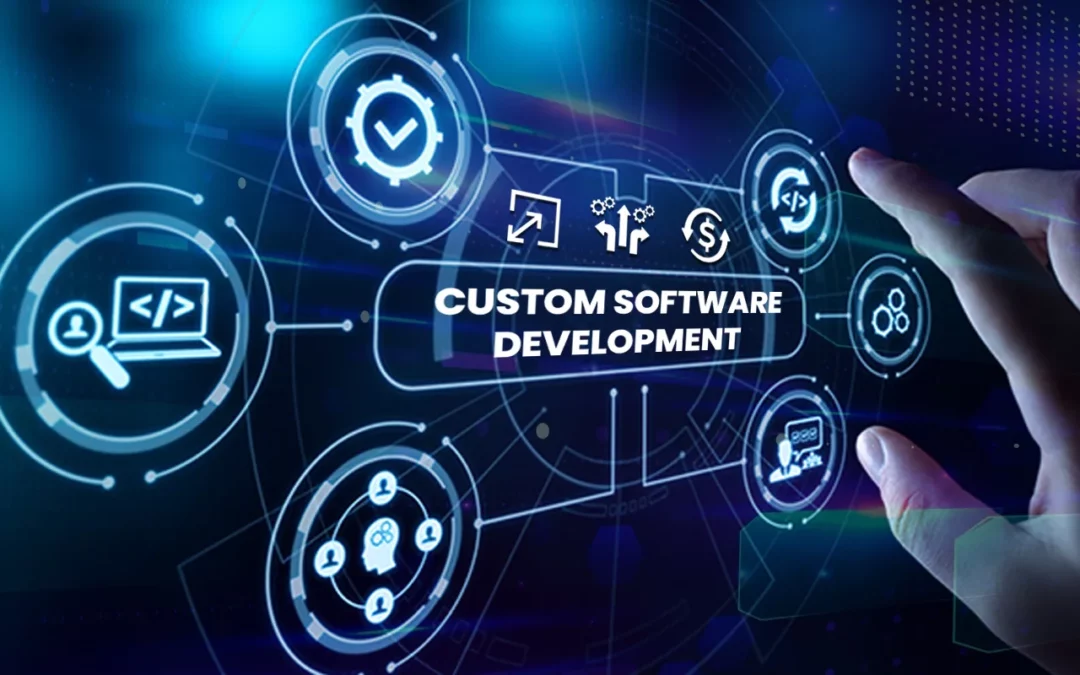Did you know that your application architecture can make or break your business? It’s not just about choosing what’s modern or implementing what’s available, but choosing the right app architecture requires strategy. A poorly chosen and integrated architecture can lead to slowdowns, scalability issues, security vulnerabilities, and missed opportunities for innovation. On the other hand, the right architecture can be a powerful catalyst for growth, enabling you to adapt quickly to changing market conditions, deliver exceptional user experiences, and outpace your competitors.
In the evolving software development landscape, there is no one-size-fits-all. The “best” application architecture is subjective. Various application architecture styles have emerged, each with its strengths and weaknesses. Understanding these approaches is the first step in choosing the right architecture that aligns with your business needs, goals, and resources.
Traditional architecture styles
- Monolithic architecture All components of an application with a monolithic architecture are tightly integrated and deployed as a single unit. They are ideal for smaller applications, projects with simple requirements, and teams with limited experience in distributed systems.
| Pros | Cons |
| Monolith architecture styles are easier to develop and deploy. | Scaling individual components independently can be difficult, and changes to one component can affect others. |
| Monoliths can perform more efficiently because all components run in a single process. | The lack of clear separation between components can hinder maintainability. |
| Configuration and management is simplified. | As the application grows, certain components may become performance bottlenecks, slowing down the entire system. |
- Service-oriented architecture (SOA) SOA is a modular approach where applications are built as a collection of loosely coupled services communicating with each other through standardized protocols. SOA is a good choice for integrating disparate systems and when you need to expose functionality as services that multiple applications can consume.
| Pros | Cons |
| Services can be developed, maintained, and reused independently. | SOA can be more complex to design and manage due to the distributed nature of the services. |
| You can update individual services without affecting the entire application. | Communication between services can introduce latency. |
| Services can become interdependent, making changes or updates more challenging, and maintaining multiple services can be more time-consuming and costly. |
Newer architecture styles
- Microservices architecture Microservices architecture breaks down applications into smaller, independent services. Each microservice is responsible for a specific business capability. They are ideal for large, complex applications that need to scale rapidly and independently, and a good choice for organizations with mature DevOps practices.
| Pros | Cons |
| Individual microservices can be scaled independently, providing flexibility and efficiency. | The distributed nature of microservices can make development, testing, and deployment more complex. |
| Microservices can be developed, deployed, and updated independently, enabling rapid iteration and continuous delivery. | Managing multiple microservices can require additional infrastructure and tooling. |
- Event-driven architecture In an event-driven architecture, components communicate asynchronously through events, which can be anything happening within the system, such as a user action or a change in data. Event-driven architectures are well suited for real-time processing, complex event handling, and applications that require high responsiveness.
| Pros | Cons |
| Components react to events in real time, enabling faster response times and improved user experience. | Designing and managing event flows can be complex, especially for large systems. |
| Loose coupling between components allows for easier modification and scaling. | Debugging and keeping track of the state of the system can be challenging in a distributed environment. |
| Developers must be mindful of issues like eventual consistency, race conditions, and the need for idempotent operations when working with asynchronous events. |
Choosing the right architecture
The universal approach to choosing the right application architecture is to take a step back and thoroughly understand your business goals, application requirements, and available resources. Regardless of the actual architecture chosen, this foundational strategy remains constant. The factors below should also be considered:-
- Application size and complexity
- Scalability requirements
- Development team experience
- Time-to-market constraints
Mastering app integrations across architecture styles
Regardless of your chosen architecture, app integrations are essential for connecting different systems and ensuring smooth data flow. Strategies for effective integration:- Leveraging APIs (REST, GraphQL, etc): APIs act as the connective tissue of modern applications. REST is widely adopted for its simplicity and scalability, ideal for resource-oriented integrations. GraphQL offers flexibility and efficiency by allowing clients to request specific data, reducing over-fetching and under-fetching issues.
- Embracing asynchronous communication with message queues (RabbitMQ, Kafka, etc): Asynchronous communication through message queues is often a game-changer, where message queues decouple components, enhance fault tolerance, and enable systems to scale independently. RabbitMQ excels in scenarios requiring reliable message delivery, while Kafka shines when handling high-throughput data streams and real-time analytics.
- Centralizing integration with enterprise service bus (ESB): When dealing with numerous disparate systems, an ESB can simplify integration management. It acts as a central hub, routing messages, transforming data formats, and handling protocol conversions. ESBs are particularly valuable for legacy system modernization, bridging older technologies and newer architectures.




